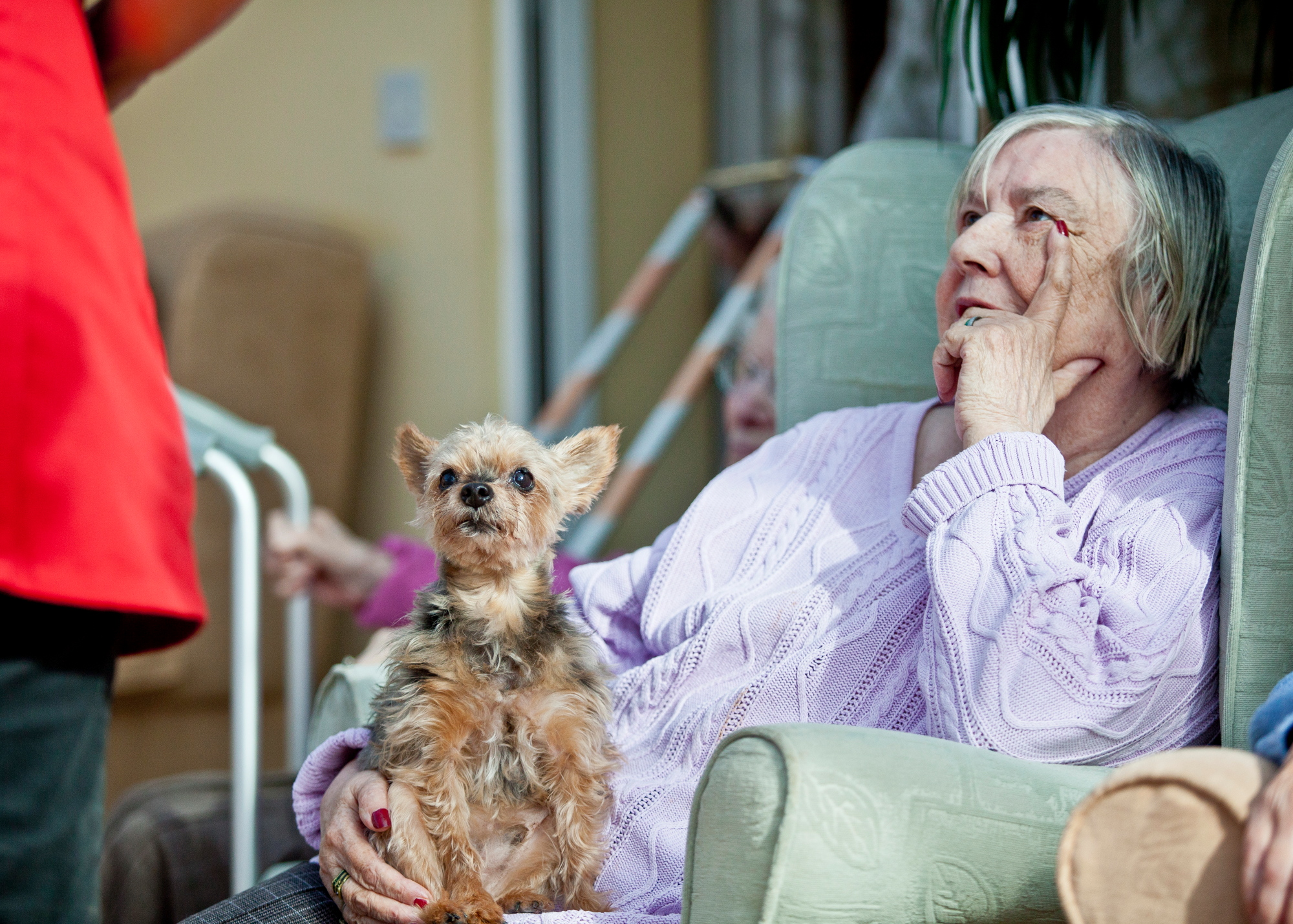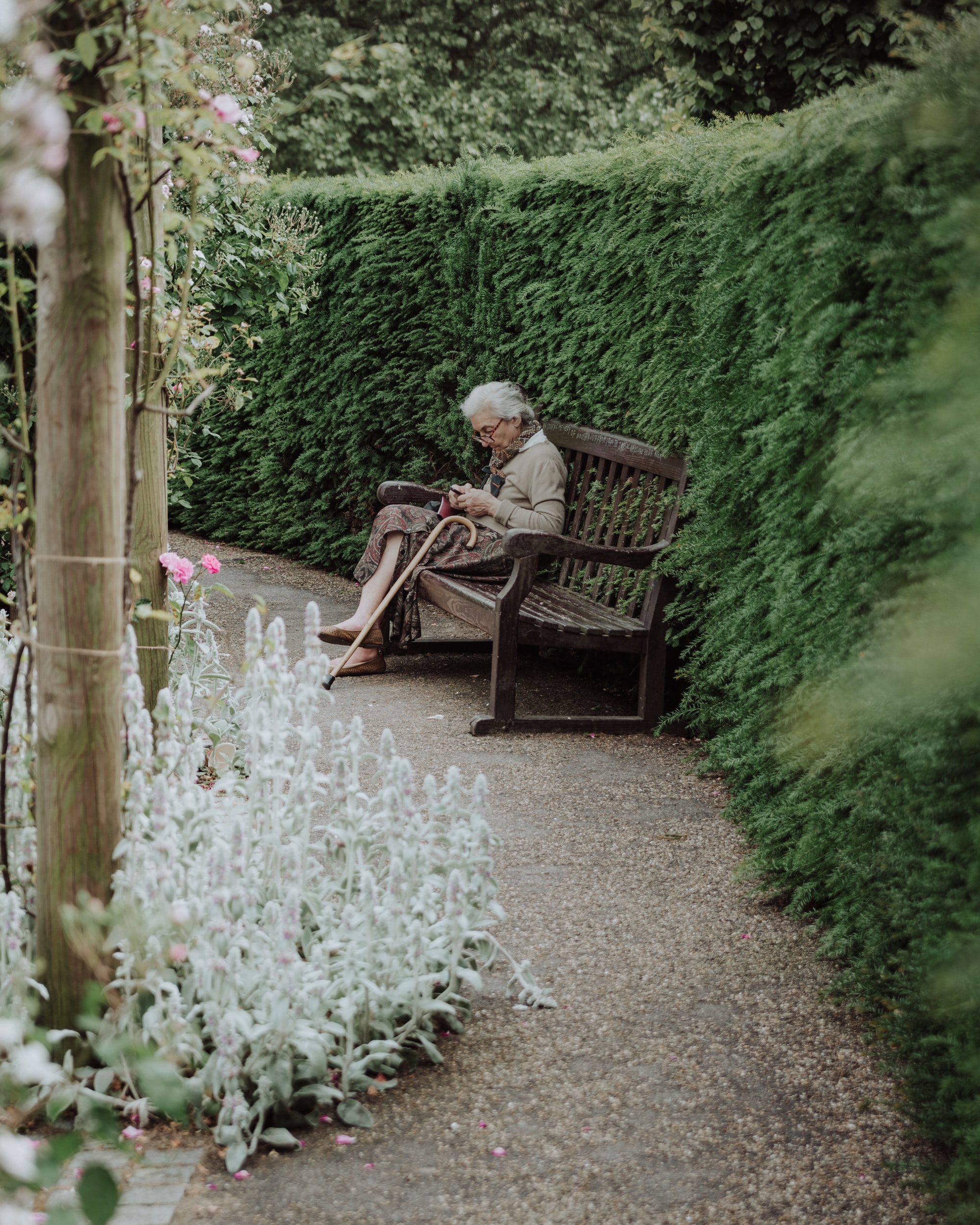As the lockdown begins to ease, Robyn Taylor says it is important we adjust slowly to all the changes…
It was a big change when we were told to stay at home without being able to see loved ones – we had to make adjustments and find new ways of moving forward. Now, 14 weeks in and we have adjusted to the remote lifestyle.
While we are still on alert for any ministerial addresses that will change the status quo, we still need to think about our residents and how they will adapt to this new normal. It may take a little time to adjust, but it is all about taking one step at a time. Residents may have many different feelings and anxieties over the coming changes, so make time to speak, comfort and reassure where possible. Coming out of lockdown and into the big wide world may be a sensory overload for your residents.
EASING BACK INTO THE COMMUNITY
Individual Time: On a one-to-one basis, take a resident out for a walk to feel the fresh air, see the few cars there are about on the roads, admire nature and see all the people getting their daily exercise. As an activity coordinator, you may have been used to taking big groups of residents out on trips, but it’s been three months of not leaving the care home and you too will need to ease yourself back into being outside of the care home environment. Write lists for yourself of what you need and things to look out for, as it might not come as naturally to you as you think.
Shop Sensibly: When you used to go shopping with a resident, they would love to touch the items on the shelves, carry things around the supermarket and push trolleys. Now that non-essential shops are opening, you need to be more mindful of hygiene. Maybe visit different places such as a small local shop or a greengrocer, rather than a big supermarket, and take a basket that the resident can use as their own. Provide gloves, so it doesn’t matter if they do touch items, and practise hand sanitising with them so they’re used to doing it while they’re out and about.
Entertaining Caution: You have probably started to increase your one-to-one activities, and even expanded to smaller group sessions. When entertainers are finally given permission to come back to the home, rather than having an hour slot with many people, why not split their session into two half-hour performances with fewer residents in attendance. This way, you’re easing the residents back into group settings, and managing their likely nerves and social anxieties.

Keep Talking: Remember that everyone, including those living with dementia, might not always be able to say what’s worrying them. So, monitor residents closely, as you may start to see changes in their behaviour. Try and notice things that may have been different since lockdown, and try to give that person extra time and try to support them with their anxieties.
Seeing Family: When you speak to anyone about this pandemic, they all say they miss their families. As we know, families mean everything! It may be very upsetting for the resident and the families if, after all this time, the loved one does not recognise them. It may become traumatic for the person living with dementia if you are trying to explain to them who the person is that is sitting in front of them and they do not know. When it is time to open care homes to relatives, it may be a good idea to do this by appointments at first, so you can be there to support if needed, gently guiding the conversation and helping the resident. In advance of knowing when a relative is coming, spend time beforehand looking at photographs together and talking about memories. Ask the relatives to email some photographs of what they look like now and leave it with the resident before they meet, so the face is familiar when they come to visit. It would help if they are also wearing the same outfit in the picture and in person when they visit. As with dementia, when someone doesn’t recognise a face, it is not that they don’t remember that person, just that they expect to see a younger face. You could always make a photo timeline of the relative so the resident can see the progression of the person turning from a child into an adult. Ask the relative to bring along or wear something that you know the resident would make a connection with for that person. For example, if you have a brooch that has been passed down through the family, or a spray of perfume that may evoke and connect them to their loved ones.

Good luck! Let’s hope it won’t be long until we are all able to embrace with our families again.




